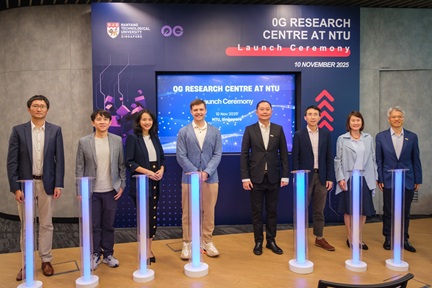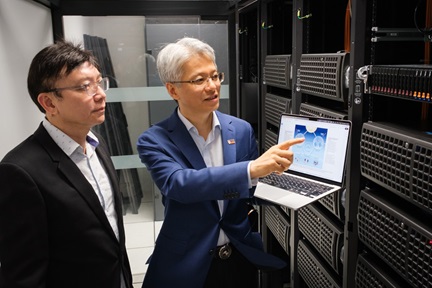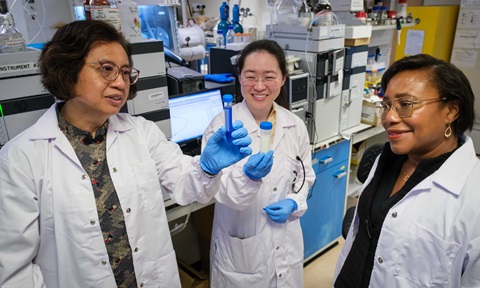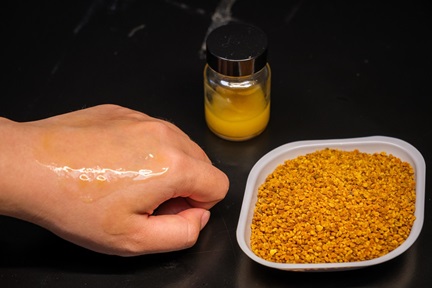A golden key unlocks sharper imaging and faster scanning with X-rays
-loading-a-sample-made-of-perovskites-and-gold-onto-a-visible-light-detector-with-nanyang-assistant-professor-wong-liang-jie-also-from-the-university-monitoring-the-set-up-.jpg?sfvrsn=aae39dc4_1)
Image: NTU Singapore research associate Liliana Tjahjana (left) loading a sample made of perovskites and gold onto a visible light detector, with Nanyang Assistant Professor Wong Liang Jie, also from the University, monitoring the set-up.
Scientists co-led by NTU Singapore and Poland’s Lukasiewicz Research Network-PORT Polish Centre for Technology Development have made a breakthrough in significantly improving the sharpness of X-ray imaging and potentially boosting the speeds at which X-ray scans can be processed.
This lays the groundwork for both better medical imaging and faster security clearance, according to Nanyang Assistant Professor Wong Liang Jie from NTU’s School of Electrical and Electronic Engineering who is the study’s co-lead.
Key to the advance is a layer of gold added to devices that help visualise X-rays.
X-rays are invisible but can be pictured using detectors that have “scintillating” materials which absorb the radiation and “light up”. The visible light emitted is captured by sensors to create images based on the X-rays. The brighter the light, the sharper the visuals.
The researchers discovered that adding a gold layer to the scintillating materials made the visible light emitted 120 per cent brighter, which resulted in X-ray images that were 38 per cent sharper.
The time the scintillating materials took to stop emitting light after absorbing the X-rays was also shortened by nearly 38 per cent, meaning they were ready for the next round of radiation more quickly. This suggests the potential for gold to speed up the processing of X-ray scans.
Read more about this story on the NTU Research Hub.



.tmb-listing.jpg?Culture=en&sfvrsn=cfde9c58_1)



